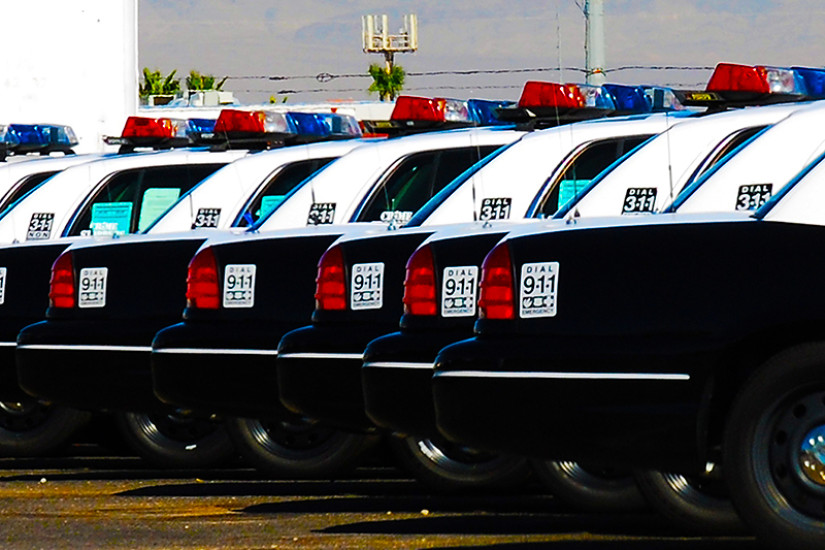The overpolicing of cars is a fact of life for people of color in the United States. Although Bland was not killed during the traffic stop, in 2015, the year of her death, 27 percent of police killings of unarmed citizens began with a traffic stop. Bland herself had been increasingly vocal on social media against police abuse and violence against African Americans, especially when the Black Lives Matter movement gained momentum after a police officer fatally shot eighteen-year-old Michael Brown. It turned out that what had happened in Ferguson, Missouri, on August 9, 2014, was part of a larger trend. The U.S. Department of Justice opened an investigation of the Ferguson Police Department and found “a pattern of unconstitutional policing” that skewed along racial lines. Most encounters with law enforcement, the report concluded, began with a traffic stop, an experience that disproportionately befell Ferguson’s black residents. In 2014 its municipal court had roughly 53,000 traffic cases, compared with about 50,000 nontraffic cases. This pattern was not limited to Ferguson. In their book In Context: Understanding Police Killings of Unarmed Citizens, scholars Nick Selby, Ben Singleton, and Ed Flosi concluded, “No form of direct government control comes close to [traffic] stops in sheer numbers, frequency, proportion of the population affected, and in many instances, the degree of coercive intrusion.”
What is the history that can account for the changes from Wiley v. State to Sandra Bland? Today, it would be improbable that Mrs. Bates, a wealthy white woman sitting in the passenger seat next to her influential husband, would be killed in a police shooting. Such tragedy now happens almost exclusively to minority drivers. Contrary to what one might expect, though, the social and legal developments that made the systematic policing of minorities possible did not originate with an intention to do so.
Instead, the shift began with the mass production of the automobile and the immediate imperative to regulate the motoring public. Before cars, U.S. police had more in common with their eighteenth-century forebears than with their twentieth-century successors. What revolutionized policing was a technological innovation that would come to define the new century. In the span of a century, towns and cities throughout the country—and not just in metropolitan centers—expanded their forces and professionalized beat cops, turning them into “law enforcement officers.” Figures are hard to come by, but one early report indicated that in the sixteen smallest states, the number of officers as a percentage of the population nearly doubled from 1910 to 1930.
